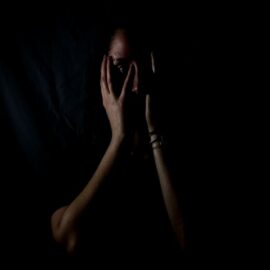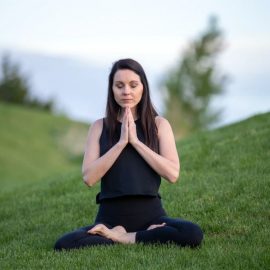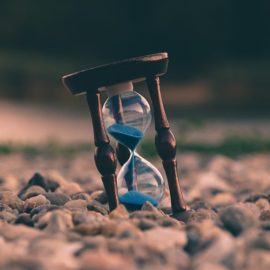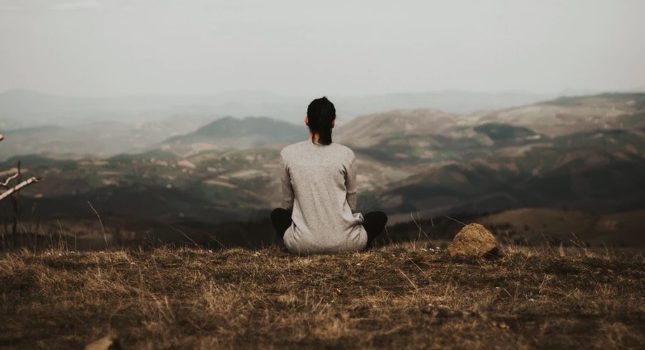
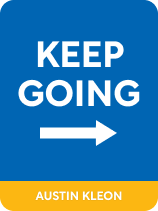
This article is an excerpt from the Shortform book guide to "Keep Going" by Austin Kleon. Shortform has the world's best summaries and analyses of books you should be reading.
Like this article? Sign up for a free trial here .
Do you need to slow down your life? What’s the key to taking one day at a time?
Artist Austin Kleon suggests that to ensure a healthy and productive creative process, you must stay in the moment. In his book Keep Going, he says that you can focus on one day at a time by creating consistent routines.
Read below to learn how to take one day at a time using a routine.
Taking It Day by Day
Focusing on one day at a time helps you stay in the moment in two ways:
- It prevents you from thinking too far ahead since you’ll focus only on what you’re doing within a given day.
- It keeps you from dwelling on the past—you’ll focus on what you can do now rather than what you should have done previously.
(Shortform note: In addition to helping you stay in the present, taking things one day at a time can also help reduce stress in the future. Dale Carnegie (How to Stop Worrying and Start Living) explains that worrying about the future or being angry about the past takes up time and energy. If you instead use that extra time and energy on your work in the present, you’ll get more done and therefore will have less to do (and less to be stressed about) later on.)
To learn how to take one day at a time, Kleon suggests you create consistent routines.
Create Routines
By creating a daily routine, you provide order and structure to your day. This allows you to better manage your time and energy since you’ll know how much you currently have and how much you’ll need later on in the day. In addition, the order and structure of a routine allow you to focus more on what you’re doing in each moment since you won’t have to think about what to do next.
To create a daily routine that helps you stay creative, Kleon recommends you consider where in the day you have extra time or energy, and dedicate that time and energy to creative work and various habits that stimulate creativity.
(Shortform note: While routines can stimulate creativity, occasionally breaking them can provide even more inspiration—legendary jazz pianist Keith Jarrett is a good example of this. Jarrett famously was a perfectionist in his routines, meticulously planning every aspect of his concerts and the time leading up to them. However, one night he came onstage and discovered the piano he was supposed to play was low-quality and damaged. He initially refused to play, but eventually relented and performed—the recording of which is the best-selling jazz piano concert of all time. Some experts suggest that a break in routine helped Jarrett succeed by forcing him to approach his work in a new and unique way, inspiring incredible creativity.)
Making Your Best Routine
You might be wondering how you can set up a routine best suited to your individual schedule and needs. Nir Eyal (Indistractable) provides three questions you can answer to craft a better, more stable routine for yourself:
- What is or isn’t working in my current schedule? Answering this question helps you recognize where you might need to spend more or less time in a day.
- How do I pursue my values? Decide on the values that matter most to you or who you want to be: For example, you might value empathy and creativity. Once you’ve identified your values, commit more time and energy to activities that align with those values and less time and energy into activities that don’t.
How do I balance my responsibilities? Eyal identifies three main life responsibilities: self-care, relationships, and work. Consider how much of your day you want and need to dedicate to each and adjust your daily routine accordingly.

———End of Preview———
Like what you just read? Read the rest of the world's best book summary and analysis of Austin Kleon's "Keep Going" at Shortform .
Here's what you'll find in our full Keep Going summary :
- How to stay creative even when you feel stressed or burnt out
- Why the process of making art is more important than the outcome
- Why and how to make a creative space to work in

